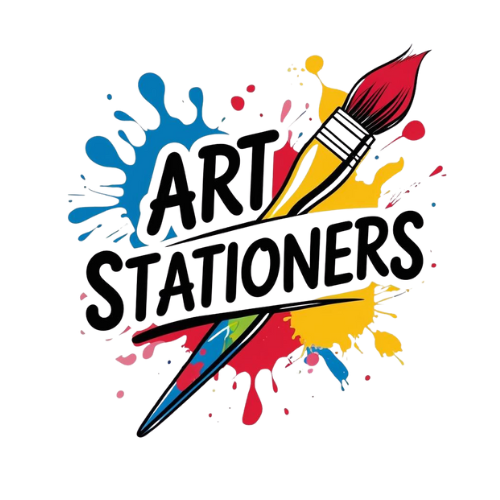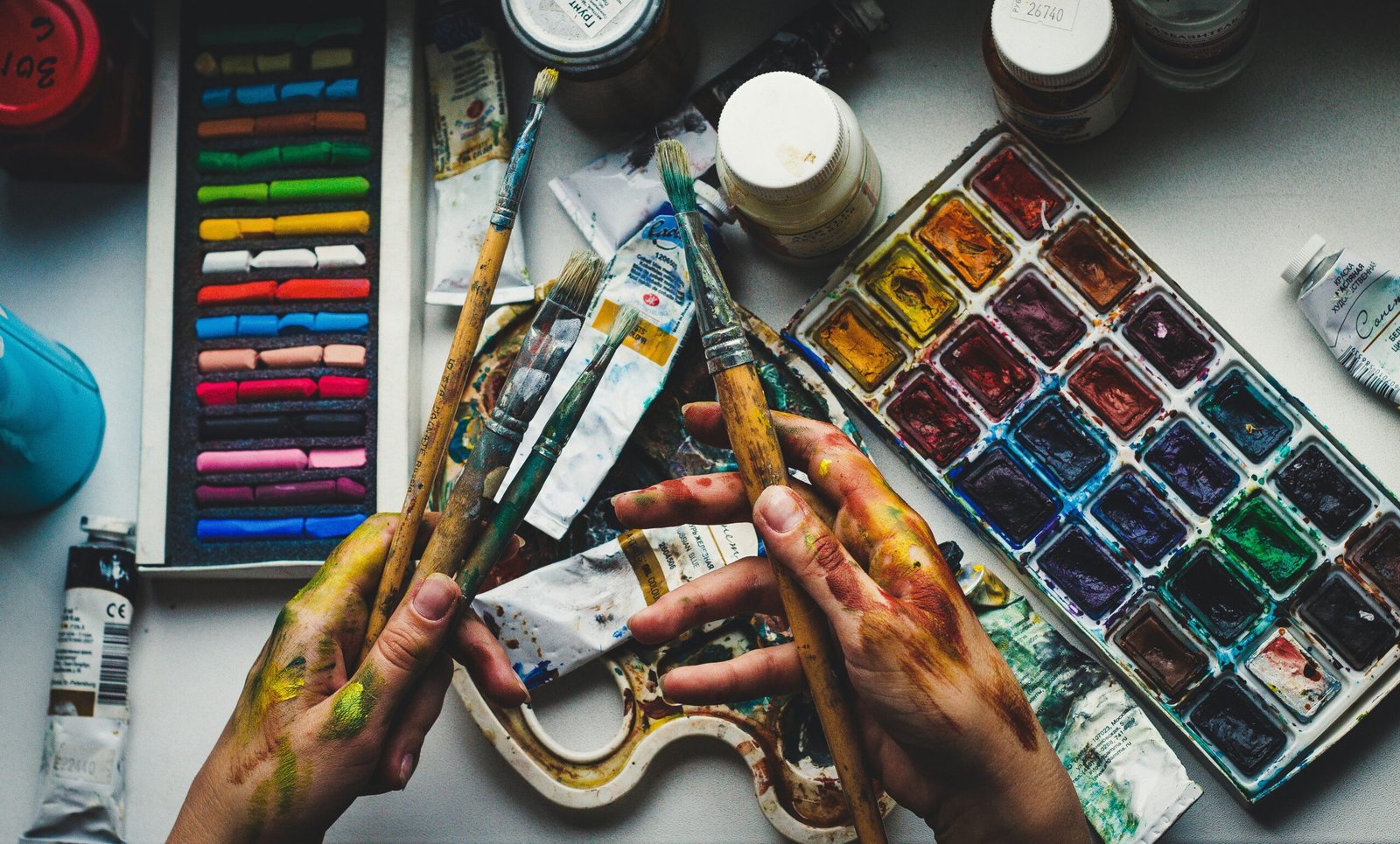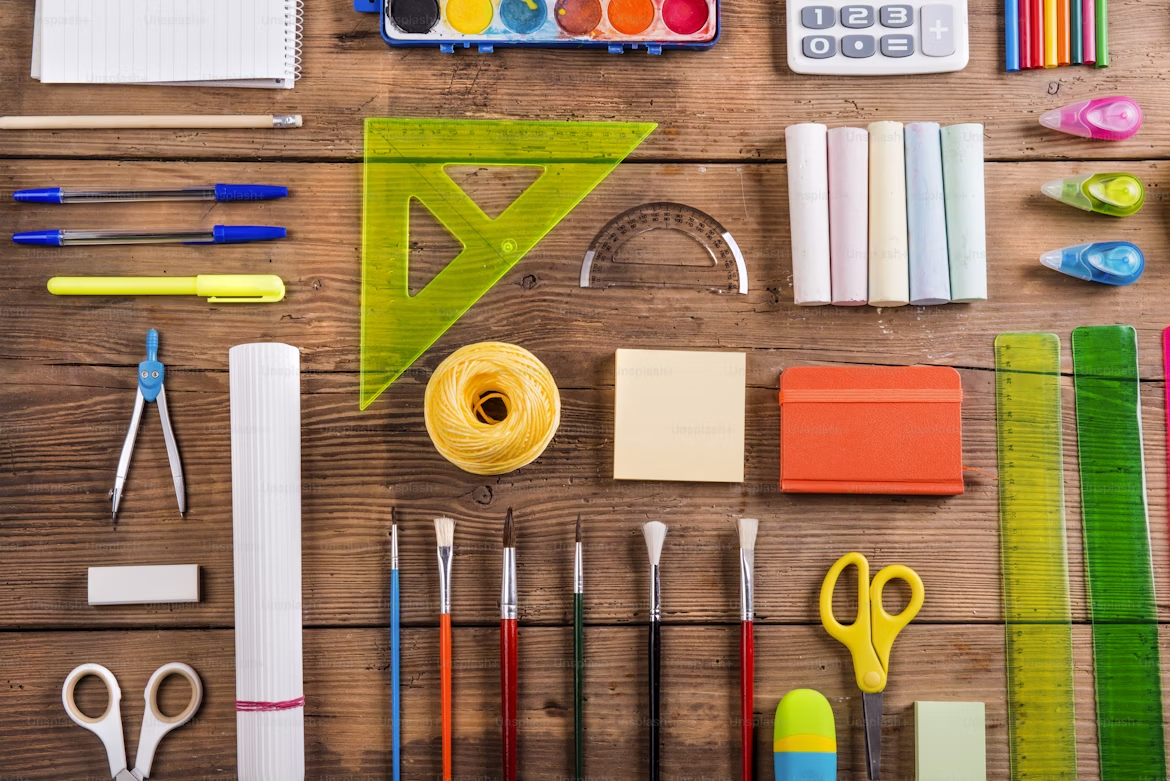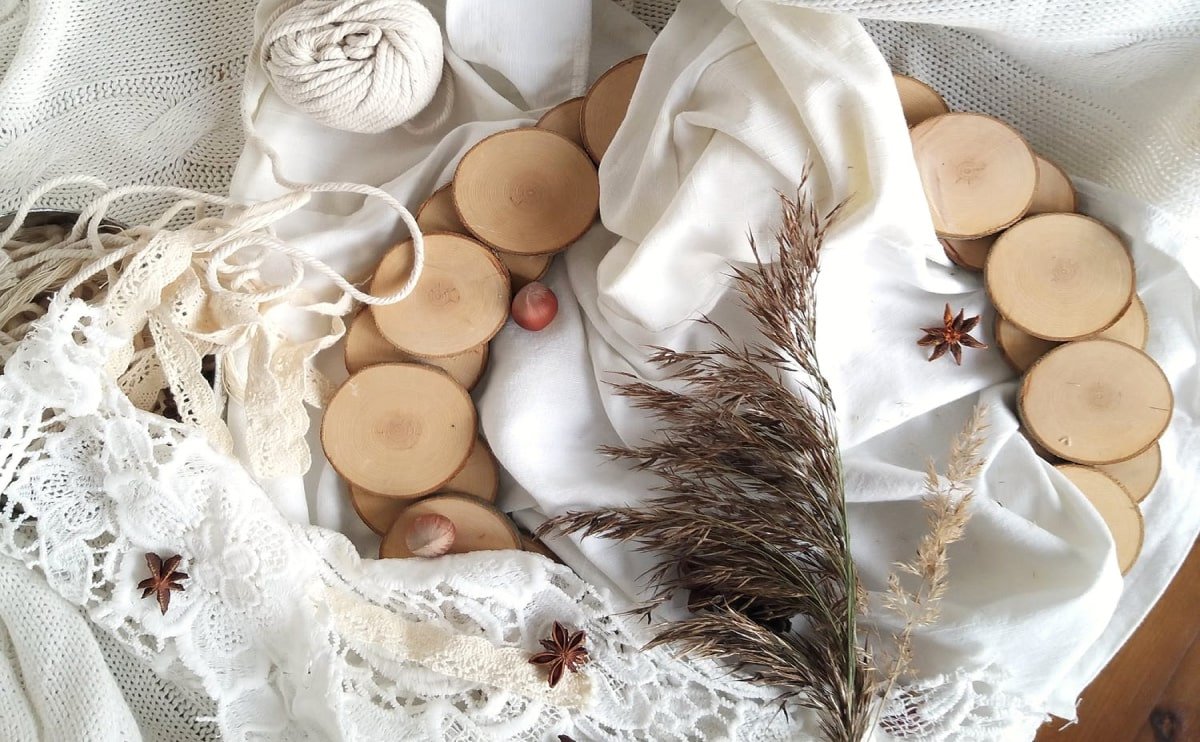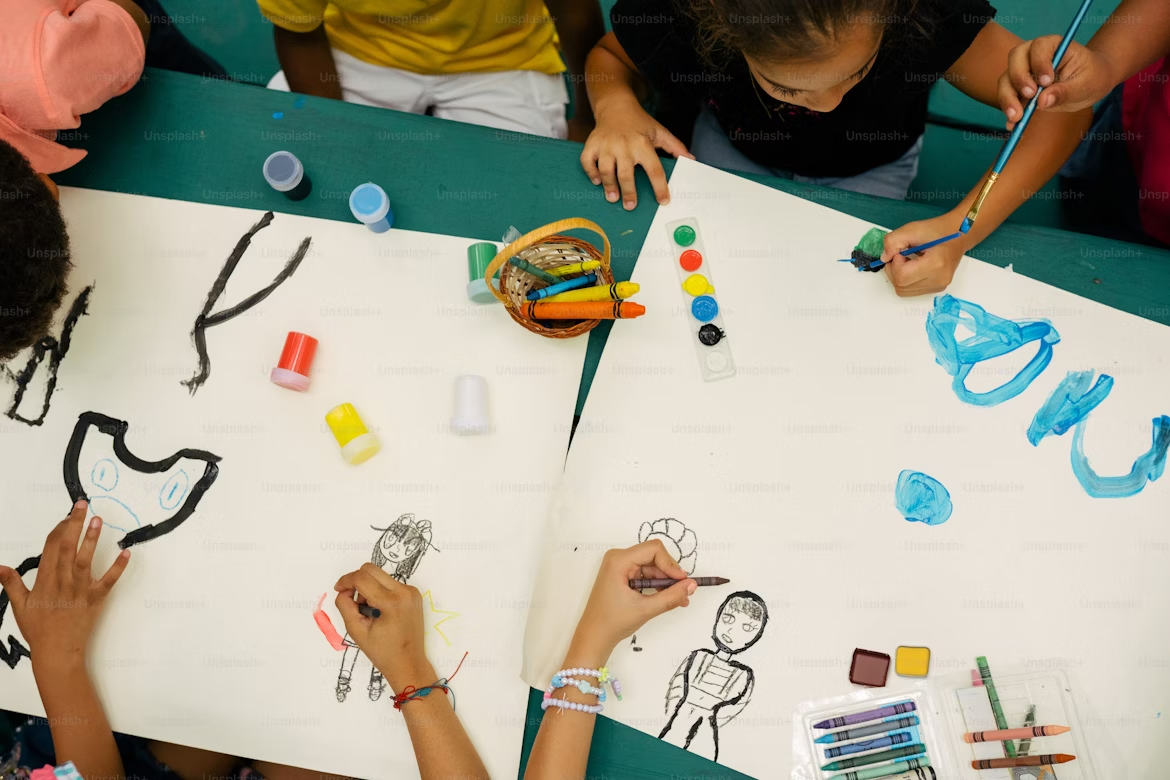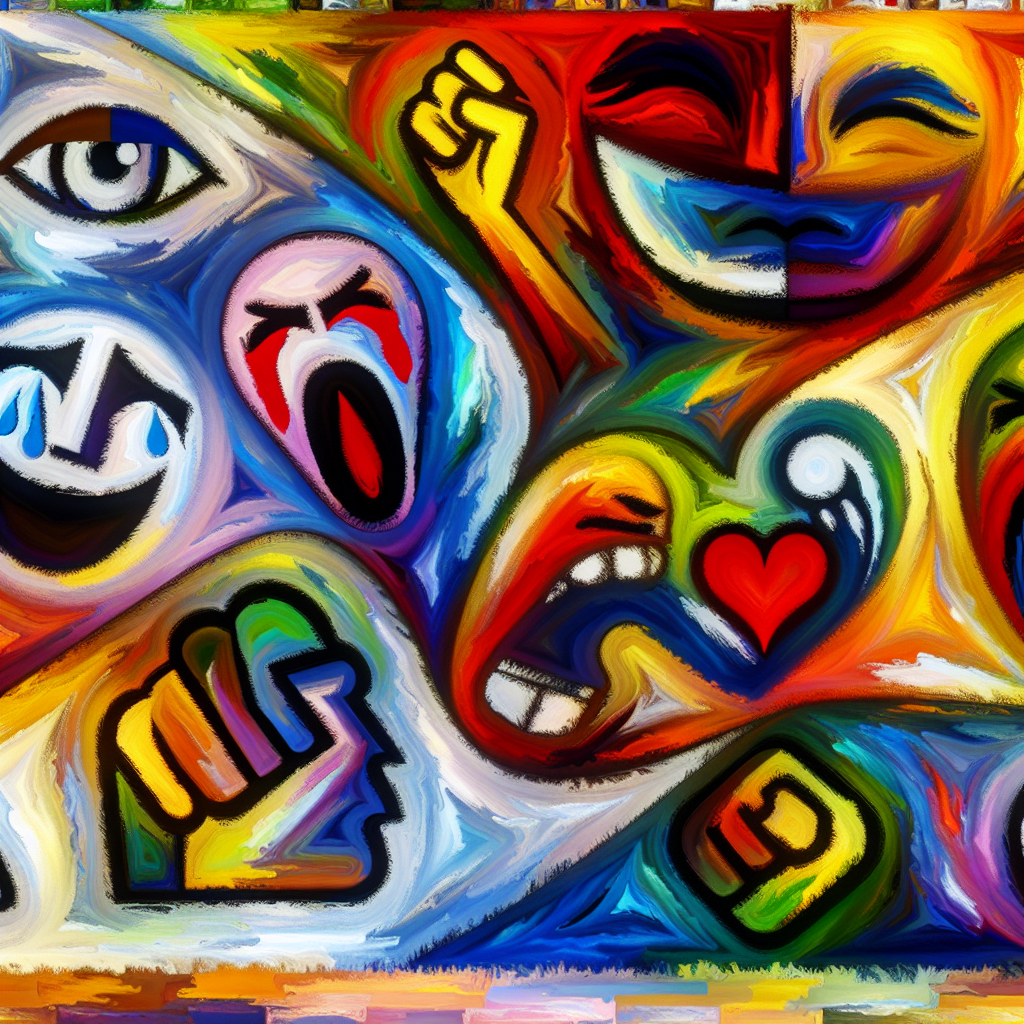Art has long been regarded as a mirror of the human experience. From the chaotic strokes of the Abstract Expressionists to the meticulous details of Renaissance paintings, the brushstrokes on canvas often echo the emotions of their creators. In this article, we will delve into the profound connection between art and feelings, revealing how colors, forms, and techniques express a wide spectrum of human emotions.
The Language of Color
Color plays an essential role in the emotional impact of artwork. Bright hues often evoke joy and exhilaration, while muted tones can suggest melancholy or introspection. For instance, Vincent van Gogh’s use of vibrant yellows in “Sunflowers” captures a sense of warmth and happiness, whereas his somber palette in “The Starry Night” conveys feelings of isolation and contemplation.
Case Study: Van Gogh’s Emotional Palette
Van Gogh’s unique color choices reflect his tumultuous emotional state. His works can be seen as a visual diary, with each hue corresponding to his feelings at the time of creation. By exploring his art, we gain insight into his struggles and triumphs, creating a powerful empathy for his experience.
Form and Technique: Telling Stories Through Brushwork
Beyond color, the technique employed by an artist can also communicate emotion. Thick, expressive brushstrokes can convey energy, urgency, or turmoil, while delicate lines might suggest tenderness or vulnerability. Artists like Jackson Pollock and Edgar Degas effectively used their techniques to express complex emotional narratives.
Pollock’s Energetic Chaos
Jackson Pollock’s drip paintings reflect a cathartic release of emotion. The chaotic nature of his work challenges traditional notions of art, pushing viewers to confront their feelings. Each splatter and stroke invites the viewer to interpret their meaning, emphasizing a personal connection to the work.
Art as a Therapeutic Outlet
Art is not only a method of expression for artists; it also serves as a therapeutic medium for individuals seeking to process their emotions. Art therapy utilizes creative activities to help people express feelings that they may struggle to convey verbally. Through painting, drawing, or sculpting, individuals can explore their emotions, fears, and joys in a safe environment.
Conclusion: The Emotional Canvas
The connection between art and emotion is a dynamic interplay that resonates deeply within us. Each piece of art tells a story, acting as a bridge between the artist’s inner world and the viewer’s emotional landscape. By exploring this connection, we not only appreciate art on a surface level but also connect with the myriad feelings that define our human experience. In every brushstroke, there lies a universe of emotions waiting to be discovered.
